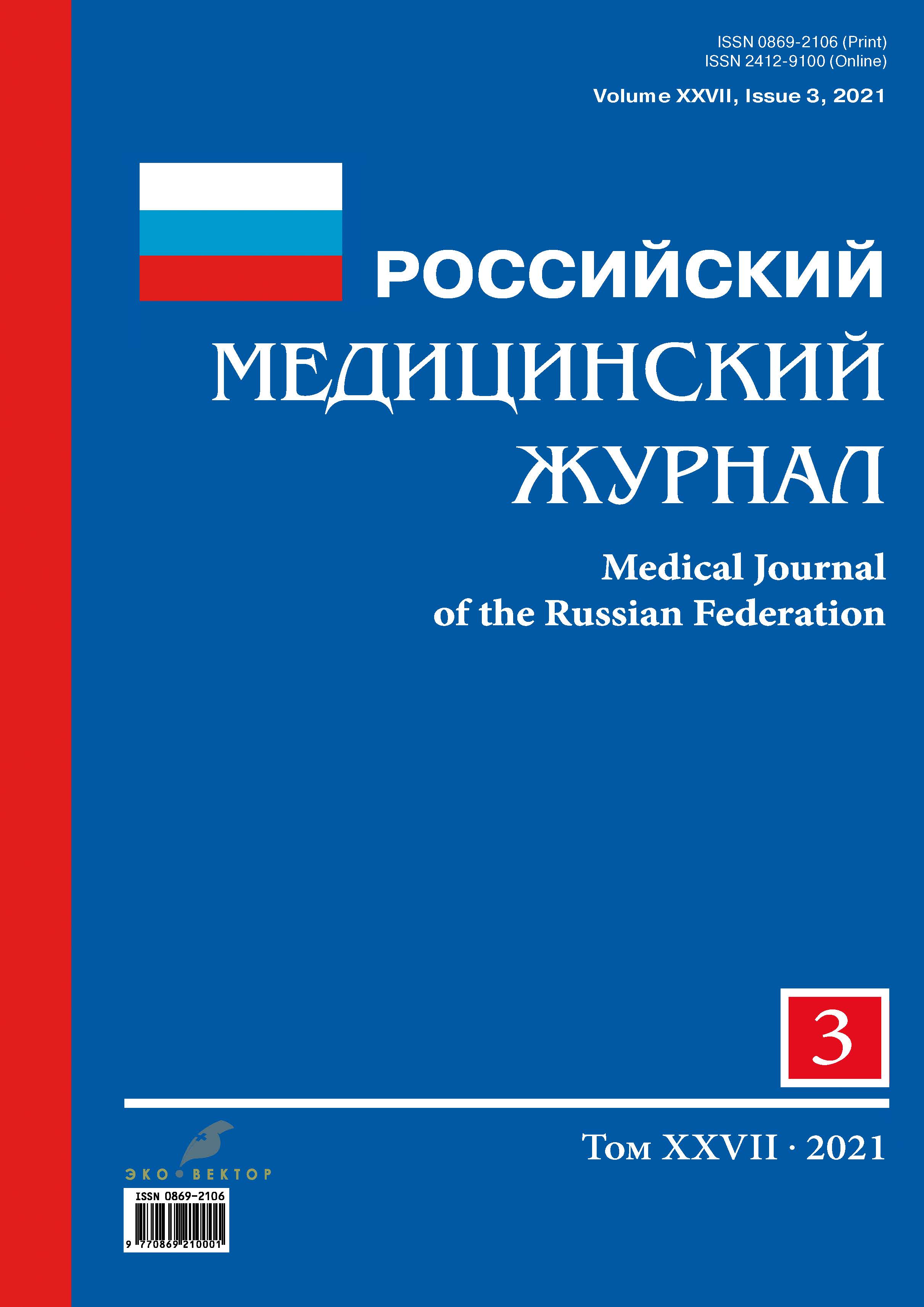Evaluation of the efficiency of preventive examinations of the adult population, aimed at early tuberculosis diagnosis
- Authors: Rubis L.V.1, Markelov Y.M.1
-
Affiliations:
- Petrozavodsk State University
- Issue: Vol 27, No 3 (2021)
- Pages: 227-235
- Section: Health care organization and public health
- Submitted: 17.02.2022
- Published: 15.05.2021
- URL: https://medjrf.com/0869-2106/article/view/101015
- DOI: https://doi.org/10.17816/0869-2106-2021-27-3-227-235
- ID: 101015
Cite item
Abstract
BACKGROUND: In Russia, compared with other countries, at least 65% of the population must undergo an annual fluorographic examination for early tuberculosis detection.
AIM: This study aimed to assess the impact of mass fluorographic examinations of the adult population on the main epidemiological factors and indicators of prompt tuberculosis detection.
MATERIALS AND METHODS: The morbidity and mortality from tuberculosis have been analyzed along with the efficiency of its detection during preventive examinations, the proportion of destructive forms of the disease, and the 1-year mortality rate in four federal districts from 2014 to 2019.
RESULTS: For all districts, low efficiency of preventive examinations was registered (1 patient per 2,000–5,000 people examined), as well as its strong correlation with morbidity and, in case of its absence, with the coverage of examinations. The change in morbidity and mortality rates over time was independent of the mass screening volume of the adult population. The relative risk indicators of increased morbidity and mortality with a decreased number of examinations were 0.4 and 0.3, respectively. The increased coverage of the population with examinations was not accompanied by an improved indicator of detection timeliness, namely a decreased incidence of destructive forms and 1-year mortality rate. The incidence of tuberculosis is determined by socioeconomic factors, which influence the level and living conditions of the population.
CONCLUSIONS: This study established the low efficiency of mass fluorographic examinations of the population, lack of influence of coverage with examinations on the epidemiological situation, and the timeliness of tuberculosis detection.
Full Text
About the authors
Lyudmila V. Rubis
Petrozavodsk State University
Author for correspondence.
Email: rublusja@mail.ru
ORCID iD: 0000-0001-6602-9621
MD, Cand. Sci. (Med.)
Russian Federation, PetrozavodskYuriy M. Markelov
Petrozavodsk State University
Email: markelovi@karelia.ru
ORCID iD: 0000-0003-0791-0050
MD, Dr. Sci. (Med.), Professor
Russian Federation, PetrozavodskReferences
- World Health Organization. Global tuberculosis report 2019. [Internet] WHO. 2020. P. 10 [cited 2021 April 10]. Availible from: https://www.who.int/tb/publications/global_report/ru/. (In Russ).
- State report “O sostoyanii sanitarno-epidemiologicheskogo blagopoluchiya naseleniya Rossiyskoy Federatsii v 2019 godu”. Federal Service for Serveilance on Consumer Rights Protection and Human Wellbeing; 2019. (In Russ).
- Borodulina EV, Suslin SA. Organizatsiya vyyavleniya tuberkuleza v Rossii i mire. Profilakticheskaya meditsina. 2018;21(4):87–92. (In Russ). doi: 10.17116/profmed201821487
- Tsybikova EB, Zubova NA. Otsenka effektivnosti massovykh periodicheskikh osmotrov, napravlennykh na vyyavleniye tuberkuleza. Tuberkulez i bolezni legkikh. 2016;94(4):13–19. (In Russ). doi: 10.21292/2075-1230-2016-94-4-13-19
- Epidemic situation on tuberculosis in Russia [Internet]. Analytical review of the main indicators and statistical materials. Moscow. RIO TSNIIOIZ [cited 2021 April 10]. Availible from: https://mednet.ru/images/materials/CMT/2018_god_tuberkulez_epidsituaciya.pdf (In Russ).
- Levashova YN, Repin YM, editors. Guidelines for pulmonary and extrapulmonary tuberculosis. Saint Peterburg: ELBI; 2008. (In Russ.)
- Markelov YM. Kliniko-epidemiologicheskiye osobennosti tuberkuleza s mnozhestvennoy lekarstvennoy ustoychivost'yu i prichiny yego rasprostraneniya v Respublike Kareliya. Tuberkulez i bolezni legkikh. 2011;88:1–17. (In Russ).
- Tomashevskiy AF. Osobennosti protivotuberkuleznykh meropriyatiy sredi kategoriy naseleniya povyshennoy slozhnosti obsledovaniya i epidemicheskoy znachimosti. [dissertation]. Saint Peterburg; 2005. (In Russ).
- State report. “O sostoyanii sanitarno-epidemiologicheskogo blagopoluchiya naseleniya Rossiyskoy Federatsii v 2017 godu”. Federal Service for Serveilance on Consumer Rights Protection and Human Wellbeing. Moscow; 2017. (In Russ).
- State report “O sostoyanii sanitarno-epidemiologicheskogo blagopoluchiya naseleniya Rossiyskoy Federatsii v 2018 godu". Federal Service for Serveilance on Consumer Rights Protection and Human Wellbeing. Moscow; 2019 [cited 2021 April 10]. Availible from: https://www.rospotrebnadzor.ru/upload/iblock/798/gosudarstvennyy-doklad-o-sostoyanii-sanitarno_epidemiologicheskogo-blagopoluchiya-naseleniya-v-rossiyskoy-federatsii-v-2018-godu.pdf (In Russ).
- World Health Organization [Internet]. Tuberkulez v Rossiyskoy Federatsii, 2010. Analiticheskiy obzor statisticheskikh pokazateley, ispol'zuemykh v Rossiyskoy Federatsii. [cited: 2021 April 10] Availible from: https://whodc.mednet.ru/ru/osnovnye-publikaczii/tuberkulez/2056.html (In Russ).
- Site of the Federal State Statistics Service. Information for monitoring the socio-economic situation of the constituent entities of the Russian Federation. (In Russ). Availible from: https://rosstat.gov.ru/folder/11109/document/13259
- Bogorodskaya YM. Epidemiologicheskiye indikatory effektivnosti protivotuberkuleznoy raboty v gorode Moskve v 2015–2016 godakh. Moskovskaya meditsina. 2016; (16 suppl. 2):10–17. (In Russ).
Supplementary files










